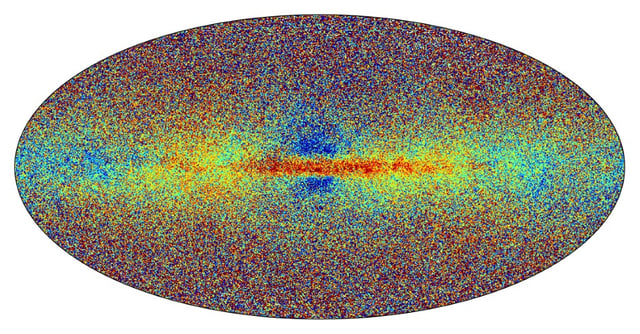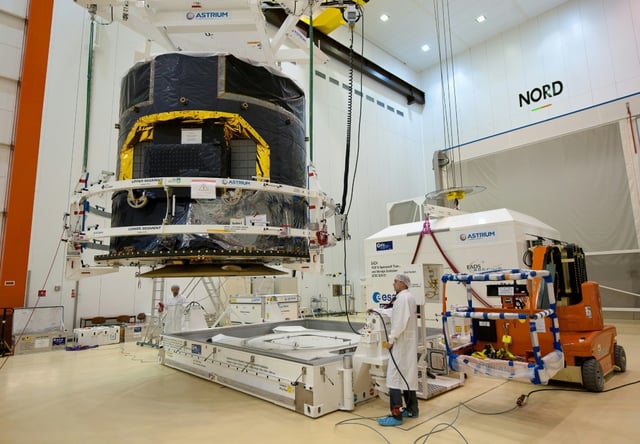Overview
- Launched in 2013, Gaia mapped nearly two billion celestial objects, creating the most precise galactic map in history and revolutionizing our understanding of the Milky Way.
- ESA officially decommissioned Gaia on March 27, 2025, moving it into a stable retirement orbit around the Sun to prevent interference with other telescopes near the L2 region.
- The spacecraft's data has revealed groundbreaking discoveries, including evidence of past galactic mergers, new star clusters, exoplanets, black holes, and millions of quasars.
- Gaia's data archive remains active, with its fourth data release planned for 2026 and a final legacy catalogue expected by 2030, continuing its impact on astrophysical research.
- The decommissioning process included symbolic gestures, such as embedding farewell messages and team members' names into Gaia's memory, underscoring the mission's emotional significance.



